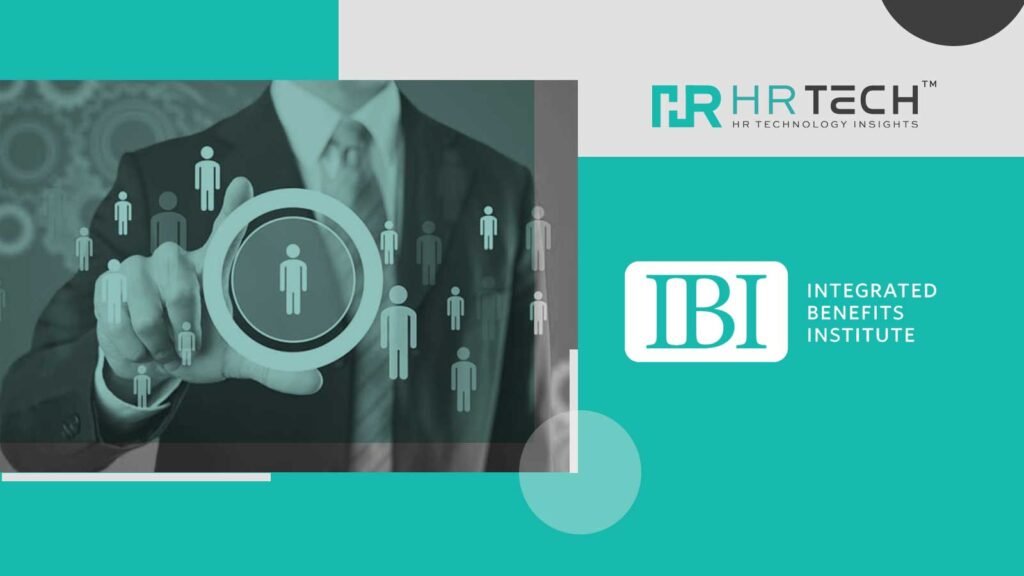Anxiety and depression highest among employees who work in-office full time
Health and productivity research non-profit Integrated Benefit Institute (IBI) has released a three-part series focused on mental health among US employees. The data shows that loneliness is a significant challenge among employees, affecting morale, performance and turnover.
Social Determinants of Mental Health
Notably, IBI’s analysis found that loneliness – which can manifest as social isolation from colleagues– leads to reduced job performance, lower job satisfaction, and increased turnover intentions. Thirteen-percent of the workforce indicated they experience loneliness, with an indication of usually or always experiencing loneliness. Clinically relevant anxiety was reported in 26.7% of the workforce while clinically relevant depression was reported in 20.0% of the workforce.
HR Tech Insights: Your 11-Step Process To Analyze Employee Experience
“IBI’s research revealed that individuals experiencing frequent loneliness were more than seven times more likely to suffer from anxiety or depression. This remarkably strong association highlights loneliness as a critical public health concern that we can no longer afford to ignore,” said IBI Researcher Carole Bonner, MET, MSAS, lead author of the report series.
The single highest contributor to anxiety and depression was frequent loneliness which is associated with 6.4 times higher odds of anxiety or depression. Those who have social support have reduced odds of loneliness by 91%. Being a parent of a child with mental health needs increases odds of anxiety or depression by 92% and loneliness by 77%.
The Economic Impact of Mental Health
Employees with clinically relevant anxiety/depression average 4.6 more sick days annually than individuals without those conditions. Employees with anxiety or depression also have higher rates of other chronic health conditions, increasing costs for both the employee and employer. Top comorbidities include musculoskeletal conditions (45.9%), obesity (39.4%), and acute COVID-19 (31.5%).
HR Tech Insights: Safeguard Global Pay and Global Payroll Association launch new report, Reveals high job satisfaction among payroll professionals
The Geography of Mental Health
While our study found loneliness to be a powerful predictor of mental health challenges, the geographic analysis revealed striking regional variations. States like West Virginia, Kentucky, and Utah showed significantly elevated risks of anxiety and depression, while major population centers like Texas and California reported markedly higher rates of new mental health claims – highlighting how both social and regional factors shape America’s mental health landscape.
Employers and benefits providers can create a comprehensive approach by focusing on work arrangements, early intervention, psychological safety, and addressing implementation challenges.
HR Tech Insights: Qualtrics Adds New AI Capabilities to Boost Employee Engagement
Source – PR Newswire
To share your insights, please write to us at news@intentamplify.com



